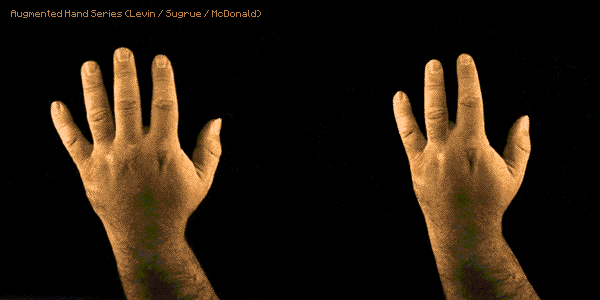When the Leap Motion Controller made its rounds at our office a couple of years ago, it’s safe to say we were blown away. For me at least, it was something from the future. I was able to physically interact with my computer, moving an object on the screen with the motion of my hands. And that was amazing.
Fast-forward two years, and we’ve found that PubNub has a place in the Internet of Things… a big place. To put it simply, PubNub streams data bidirectionally to control and monitor connected IoT devices. PubNub is a glue that holds any number of connected devices together – making it easy to rapidly build and scale real-time IoT, mobile, and web apps by providing the data stream infrastructure, connections, and key building blocks that developers need for real-time interactivity.
With that in mind, two of our evangelists had the idea to combine the power of Leap Motion with the brains of a Raspberry Pi to create motion-controlled servos. In a nutshell, the application enables a user to control servos using motions from their hands and fingers. Whatever motion their hand makes, the servo mirrors it. And even cooler, because we used PubNub to connect the Leap Motion to the Raspberry Pi, we can control our servos from anywhere on Earth.



